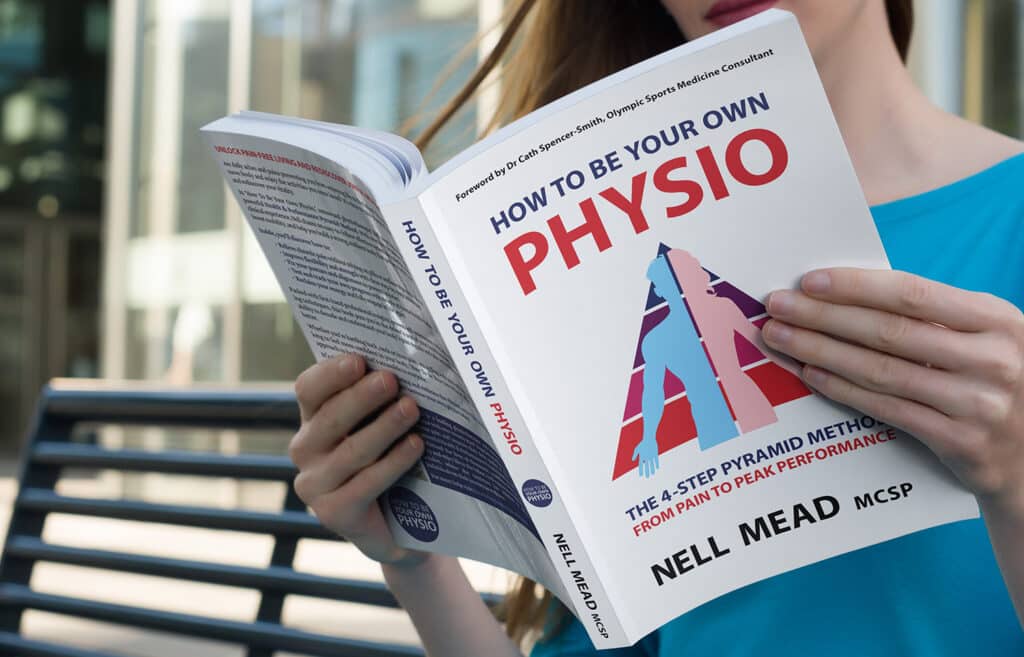The pelvis is one of the most important regions of the body. Its role is manifold: it helps us to transfer load from one foot to the other as we walk, it helps us to carry and support our pelvic and abdominal organs. It also helps us to contort ourselves into the strange shapes that we make when we sit, when we load the washing machine, and when we reach for that annoying trailing wire under the desk. It helps us to do all those things efficiently and safely, while breathing normally. Thus, we don’t look or feel clumsy, or injure ourselves.
There are three pelvic bones – left and right innominate bones (the “wings” of the pelvis) and the sacrum at the back. There are three joints – the left and right sacroiliac joints (between the sacrum and the innominates at the back) and the pubic symphysis (where the innominate bones meet in the middle at the front). And these bones and joints are supported and controlled by the 35 muscles which attach to them at various points, with the non-pelvic ends of the muscles stretching anywhere in the body from the upper back (T4 – iliocostalis) to below the knee (hamstrings, quadriceps, iliotibial band).
Problems at the non-pelvic end of the muscle can lead to pain or dysfunction at the pelvis; and similarly, problems in the pelvis can lead to pain or dysfunction elsewhere in the body. The muscles and nerves of the legs and back can struggle to compensate for loss of normal pelvic movement and control. (We refer to the region the problem starts from as the driver, so if the pain in the knee is due to the body compensating for a problem in the pelvis, then we call this knee pain with a “pelvic driver”.) Because more muscles attach to the pelvis than to any other region of the body, it’s easy to see how a small problem at or around the pelvis can develop.
My suspicion is that a lot of pelvic issues come down to desk work and spending too much time sitting. Our glutes – buttock muscles – get lazy because they’re being sat on instead of being used. Then our hip flexors (in the front of the hip) get tight. That combination creates an imbalance of forces across the pelvis. Over time, this in turn means we lose the capacity to move and control our pelvis normally.
Common problems arising from pelvic dysfunction include pain in the knees (as I’ve previously blogged), hamstrings, feet, hips, pelvis, low back and neck. It can also cause incontinence and breathing problems. If the pelvis isn’t working properly, it can throw your balance off, and you start to use your muscles and joints differently. This can lead to pain and injury. It’s one of the most frequent issues we see.
If you suspect you have a pelvic issue, then the best thing to do is to give us a call on 0207 175 0150. Come in and get checked out with a full 90-minute physiotherapy assessment, and we can then work out exactly where your problem is coming from. Alternatively, you can go straight to my new website, How to be your own physio, where you can either take the self-assessment course to work out why your pelvis might not be working as well as it might, or if you know the problem is your pelvis you can go straight to my pelvic rehab course which teaches you how to release, stabilise and move it in a really functional way.







